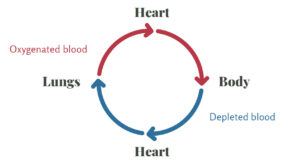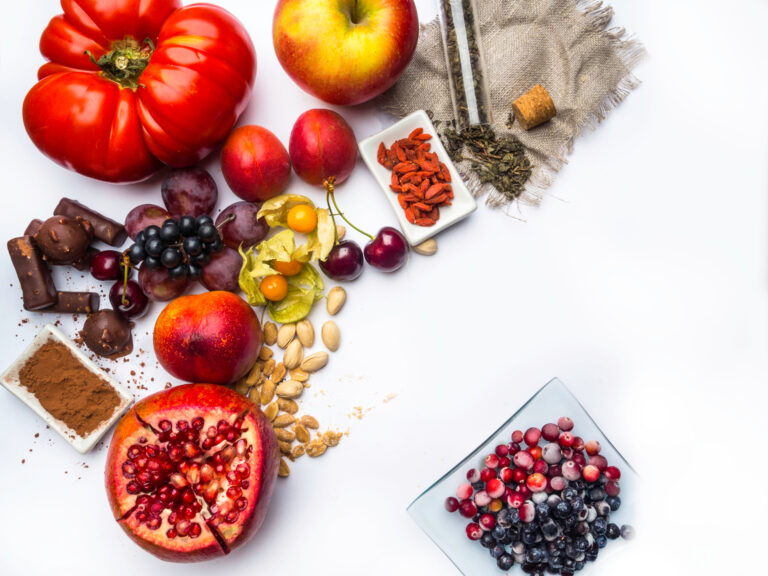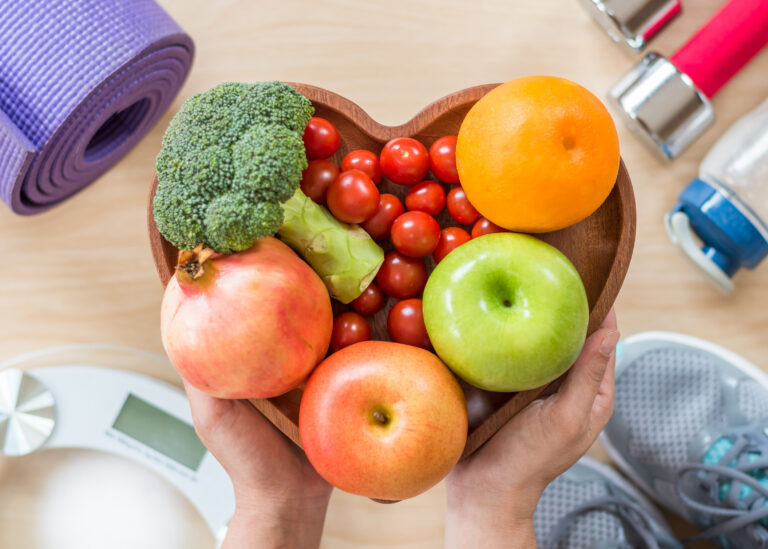Circulation 101
What Does Circulation Do?
The circulatory system is responsible for delivering nutrients and oxygen throughout the body, utilizing the heart and blood vessels. Blood travels to all cells of the body, delivering oxygen, nutrients, and other important substances while picking up carbon dioxide and other waste products.1 Arteries transport blood from the heart while veins carry blood back to the heart. Blood vessels branch into smaller and smaller vessels, the smallest of which are called capillaries.
What Are the Pathways?
Circulation is split into two pathways, systemic and pulmonary. In the process of systemic circulation, oxygen-rich blood is pumped by the heart’s left ventricle throughout the body from the main artery (aorta) and into the smaller arteries and capillaries. Veins then carry low-oxygen blood back to the heart, into the right atrium and ventricle.1
Pulmonary circulation begins here. The right ventricle pumps this low-oxygen blood through the pulmonary artery to the lung’s capillaries. Within the lungs, oxygen enters the bloodstream, and carbon dioxide from the blood is exhaled out of the body. The now oxygen-enriched blood travels through the pulmonary vein to the heart’s left atrium and ventricle where systemic activity begins again.1
What is associated with “good” vs. “bad” circulation?
Healthy lifestyle choices surrounding physical activity, diet choices, and weight management can support good circulation. There are a number of ways to improve circulation, including:2-3
- Engaging in regular exercise
- Eating a healthy diet
- Maintaining a healthy weight
- Practicing stress management
The following factors increase the risk of poor circulation:
- Use of smoking and tobacco products
- Physical inactivity
- Obesity
- High blood pressure and high cholesterol
- Diabetes2-3
- How does the blood circulatory system work? Cologne, Germany: Institute for Quality and Efficiency in Health Care. https://www.ncbi.nlm.nih.gov/books/NBK279250/. Published March 12, 2010. Accessed June 16, 2023.
- How to Improve Blood Circulation. Cleveland Clinic. https://health.clevelandclinic.org/how-to-improve-blood-circulation-naturally/. Published April 26, 2023. Accessed June 16, 2023.
- Poor circulation: Symptoms, causes and treatment. Cleveland Clinic. https://my.clevelandclinic.org/health/diseases/21882-poor-circulation#:~:text=Plaque%20buildup%2C%20blood%20clots%20or,and%20healthy%20food%20can%20help. Published 2021. Accessed June 16, 2023.








